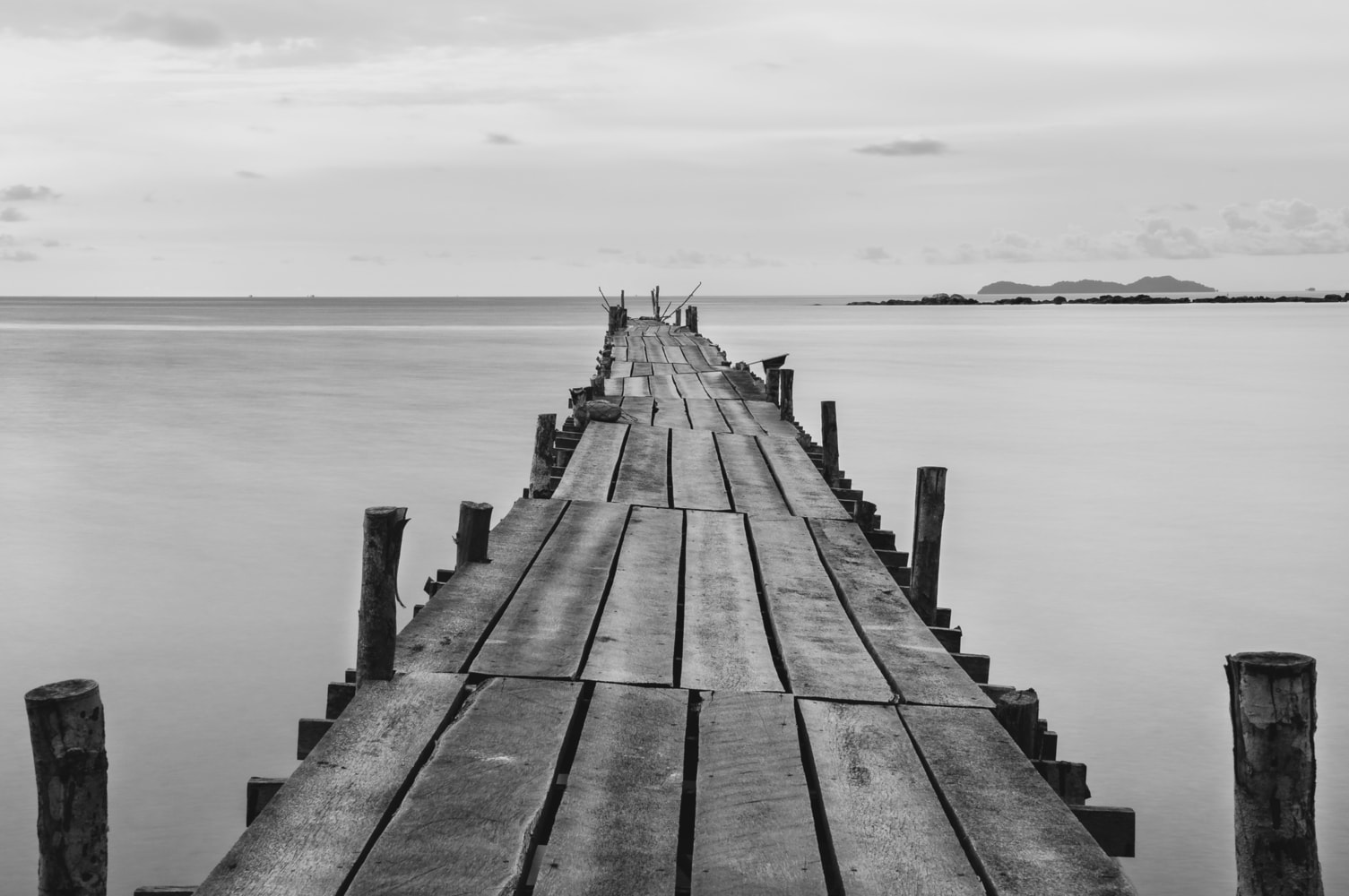There was a time when the only option was to shoot in black and white. Later, you had to choose in advance, by selecting whether to load your camera with color or black and white film.
Now any photograph you capture with a digital camera can be made black and white.
Don’t be fooled though. This is not the same as saying that all photographs will look good as black and white images. To take good black and white images you have to think with black and white in mind right from the beginning.
Here we give you the basics so you can start shooting in black and white. You will learn about the appeal of black and white imagery and some tips for what works in black and white. Plus, we consider camera settings and talk about post-processing.
Let’s get started.
The allure of black and white
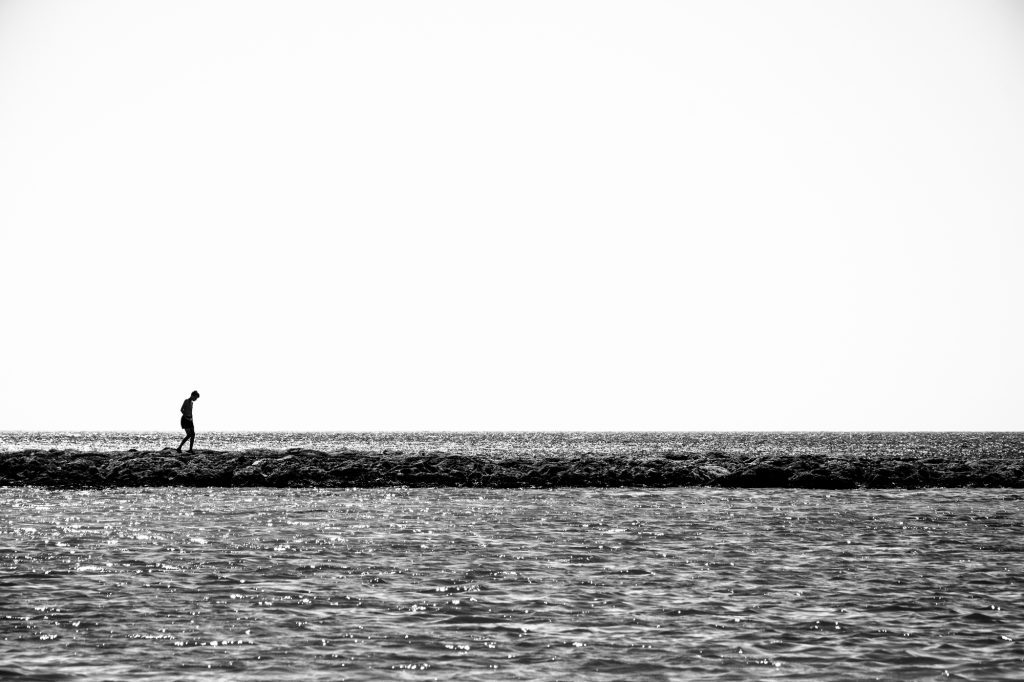
Have you thought about what you like about black and white photographs? What is it about the lack of color that is so appealing?
Understanding this will help you create great black and white images. It makes it easier to identify what to shoot and how to shoot it.
The internet is littered with numerous quotes that point to the emotional quality that black and white has. There is a sense that black and white taps into some greater depth than is possible with color imagery.
Andri Cauldwell’s words really strike a cord with people and have been widely shared: “to see in color is a delight for the eye, but to see in black and white is a delight for the soul”.
Renowned fashion photographer Peter Lindbergh also had a strong preference for black and white. He was best known for his raw and natural monochrome images of supermodels.
Lindbergh describes: “Although humans see reality in color, for me, black and white has always been connected to the image’s deeper truth, to its most hidden meaning.” He elaborates: ‘I used to think that black and white is an interpretation of reality, so a little bit of art comes into it. But now I think that it is about truth.”
Another observation that is often made about black and white photography is that it has a timeless quality. Without the color cues, it is harder for us to recognize when a photograph was taken.
So, black and white photographs have a feeling of being eternal. Somehow, beyond time.
Black and white also simplifies. The lack of color reduces distractions in the image. This simplicity helps give way to the creation of iconic imagery.
So, how do you tap into this world of eternal soul wrenching beauty that black and white inspires?
Let’s take a look at some key things to consider when shooting in black and white.
Make your compositions strong and clear
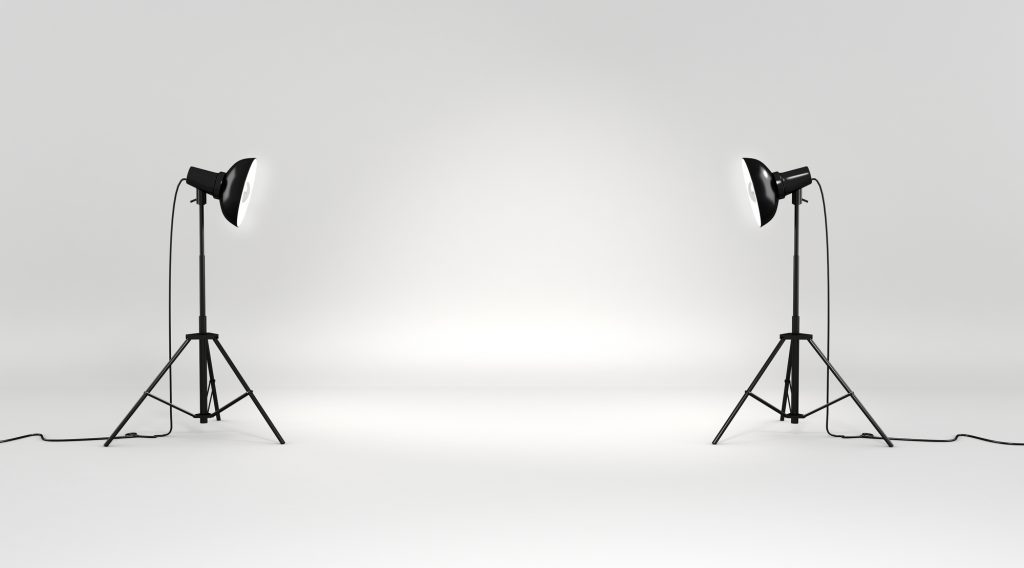
Black and white is pared back and simple.
This means your composition needs to be really strong to work. Cleaner lines and clear compositions.
For a black and white image it helps to think of it as an abstract graphic.
It is important that you have a strong central subject. That can be a person, or an object like a tree a building or some detail of these.
You will also want to think about how the viewer’s eye moves across the image. Try to place lines in such a way that they direct the eye towards the main subject. Strong diagonals and triangular shapes add a dynamic feel.
Emphasize texture in your images
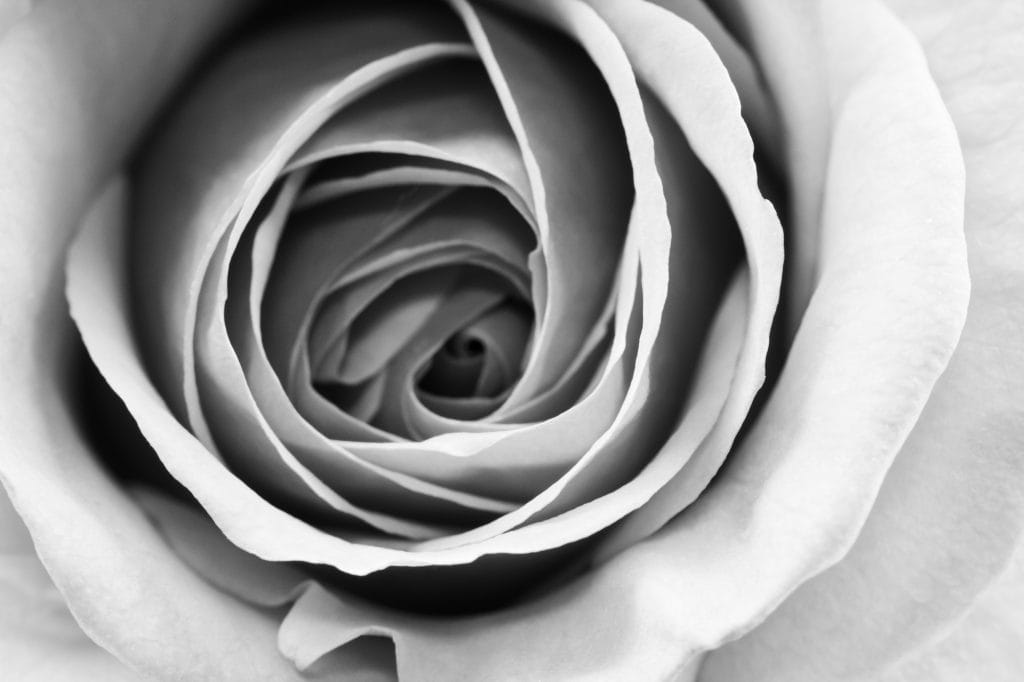
The texture is one way that ‘truth’ in a photograph can be emphasized.
When the viewer sees the details of surfaces, the texture of the skin, and the fine patterns created by clouds or leaves they feel like they are really seeing the quality of the subject. Like they are seeing information they overlooked or did not take the time to observe closely.
Differences in texture is also a great way to create compositions. Think about how areas of various textures are arranged against each other.
High contrast images look great in black and white
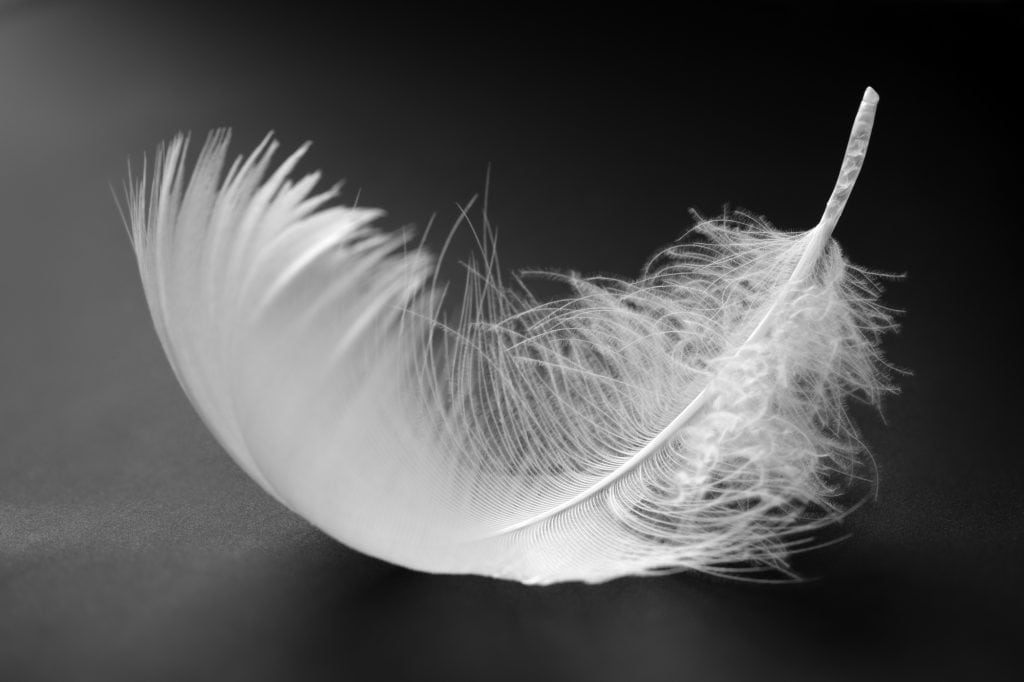
Without color information, some details in your scene may more easily appear to merge. Areas of similar darkness are seen as related and not separate or distinct.
For this reason, very high contrast images tend to work well in black and white.
The eye registers tonal shifts and blocks of light and dark in the photo. Think about framing your image so that tones play off each other to create your composition.
Be a light hunter
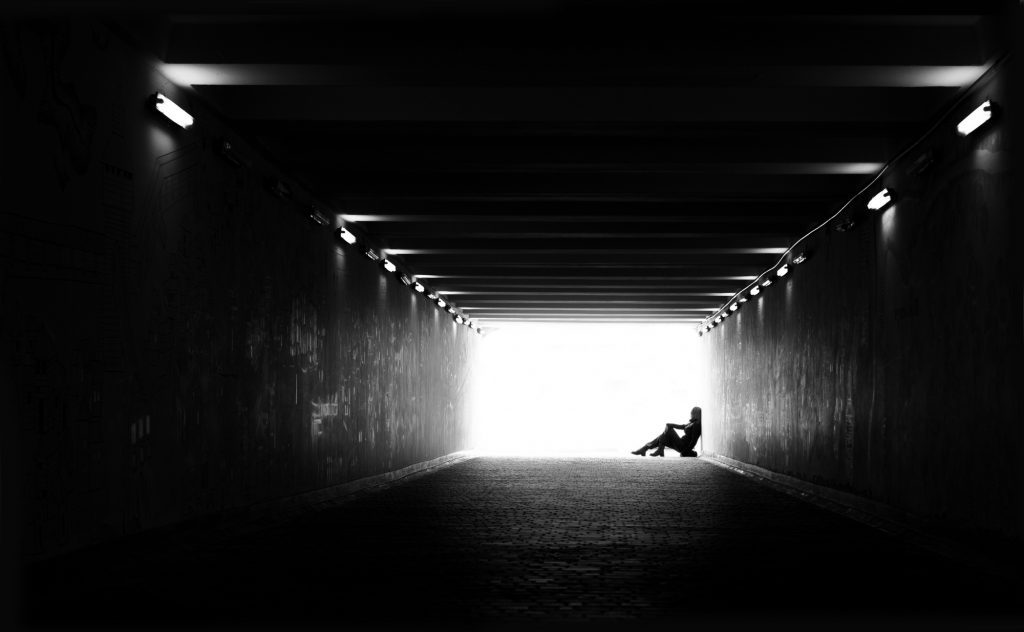
Yes, all photography is about light. However, for black and white images the quality of light you seek is not always the same as for color.
Being able to see lighting opportunities is how you find and create great images. Use light to make graphic compositions, to bring out texture and to get the contrast you seek.
Look for dramatic or interesting light. Pay attention to the shapes that shadows make as well.
A band of light shining down an alleyway and pouring across a street. Or, a wall which has strong angular shadows cast against it.
You may have read that you should avoid photographing in the middle of the day. That soft light is going to be more flattering for your subjects. With black and white images you have more flexibility.
Strong sunlight and interesting shadows can be excellent for composing a simplified graphic rendition of a scene. Shooting into the light will give textures a boost. Think of the sea, or a rough road surface.
What should I shoot in black and white? Finding inspiration.
There are iconic black and white images across a range of styles. You don’t need to limit yourself.
Having said that, classic genres which produce striking black and white images include: street scenes, landscapes, portraits and still life.
Take a look to some classic black and white photographers for inspiration. For street scenes, Henri Cartier-Bresson and Vivian Maier are great references. The master of black and white landscapes is Ansel Adams.
And, the still life photographs of Karl Blossfeldt are truly amazing to see.
Portrait photography to be inspired by includes work by Robert Mapplethorpe and Dorothea Lange.
Consider the mood your image will create. To tap into emotion, and try to tell a story with your imagery.
Black and white is also ideal to create abstract photography. Abstracts are not what is often associated with photography, but they are especially great for black and white.
You can work in any of the styles mentioned, or find other items which inspire you. Details of a building, playground equipment, plants or food are some ideas.
Should I set my camera to shoot in black and white?
Excellent question. This is a very important point to consider. Not everyone will agree on the answer, so consider what works for you and your equipment.
Many digital cameras now have the option to shoot in a black and white or monochrome mode. That means you will see the images on your screen in black and white. And, when you download the images they will also be in black and white.
The alternative is to convert your images in post-processing. We talk more about that next.
Keep in mind that virtually all digital cameras capture color images initially. That is the way the sensor is designed to work. It will separately capture information of the three colors—red, blue and green.
When you shoot in monochrome mode, the camera will then convert your image to a black and white JPEG for you straight away.
To also keep the color information, you need to set your camera to capture in both RAW + JPEG. If you shoot only JPEGs, you will loose the color data entirely and won’t be able to retrieve it later.
When you are just starting with black and white photography shooting in RAW + JPEG is recommended.
The advantage of shooting in black and white mode
The main reason we think shooting in black and white is ideal for beginners is that it helps to train your eye.
Different colors in black and white images do not always look how we expect them to. Red is very dominant in color images. It immediately attracts attention. In contrast, red areas in black and white photos typically become dull and flat.
It is the same with tones in the image. We don’t always interpret them accurately and things look very different to what we think they will.
This is where experience and learning come into play. When you can immediately see the black and white image on your camera screen you will learn quicker.
You get instant feedback about whether the scene is going to work as a black and white image. If something doesn’t work, you can try adjusting your angle or framing to improve. Or, just find another scene to shoot.
The disadvantage of shooting in black and white mode
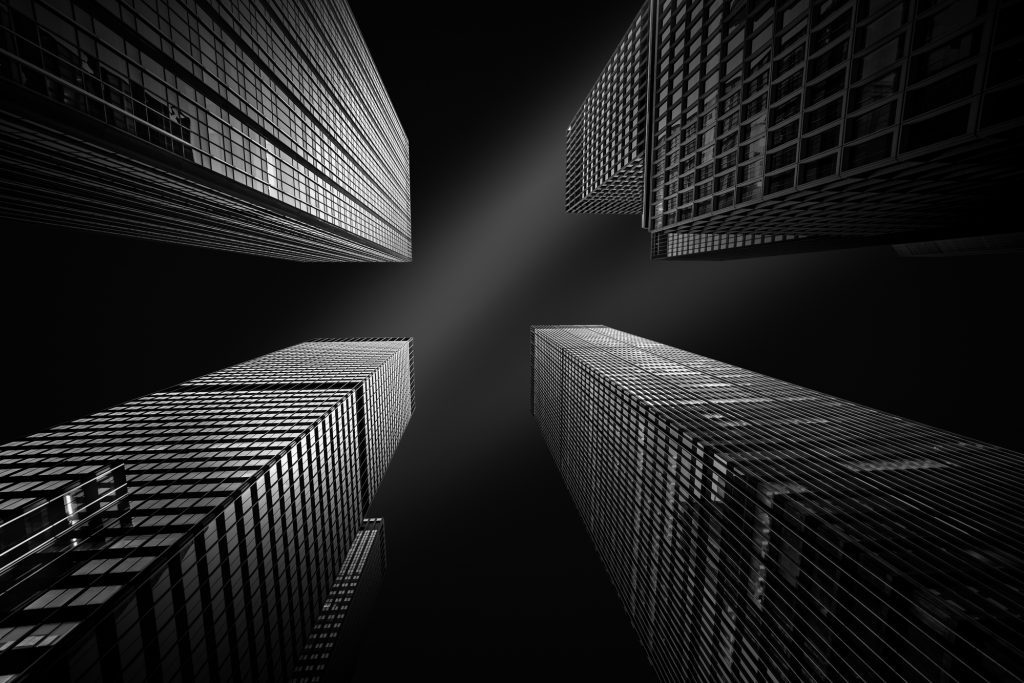
There are a couple of points to consider when you choose to shoot in a black and white or monochrome mode.
One disadvantage is that you may require more capacity on your camera cards. For each capture the camera will save two images.
Many photographers shoot this way regardless. But, if you typically shoot only in JPEG, you will notice the difference. If you are traveling, or don’t have access to download to a computer frequently then you will need to consider this.
A second issue is that when you let the camera convert to black and white, you are often seeing a fairly generic conversion. It may not be the ideal black and white result. You get whatever the camera software does, without control.
On some camera bodies you may have some options to increase contrast or make other adjustments. Check out the settings available in your camera to assist you, but it is generally better to only make minor adjustments in-camera.
Shooting in black and white does not mean you can completely avoid post-processing. And, it might be better to start over with the full color RAW file.
Post-processing to get the most from your capture.
Post-processing is going to be just as important for your black and white imagery as for any other images you shoot. Yes, it will take a little longer, but it will ensure you get the best out of your images.
If you have followed our suggestion, you will have the RAW file saved as well as your black and white JPEG. Make sure you are work non-destructively, or keep a copy of the original files.
There are a variety of programs you can select from to post-process your images. Two which are very commonly used are Lightroom and Photoshop. There are also a range of mobile apps, if you happen to be venturing into black and white for your phone images.
We cannot cover all the options here, but you should be aware that converting to black and white is not just as simple as clicking a single button. There is often more than one way to make the conversion.
The most straight forward is a direct conversion to grayscale. But, this is often the least satisfactory.
If you are intending to produce black and white imagery, you should get familiar with your preferred editing software and experiment to achieve the best results. Compare the options with the black and white JPEG from your camera and see what can be improved.
Manipulate the colors to create the right grays
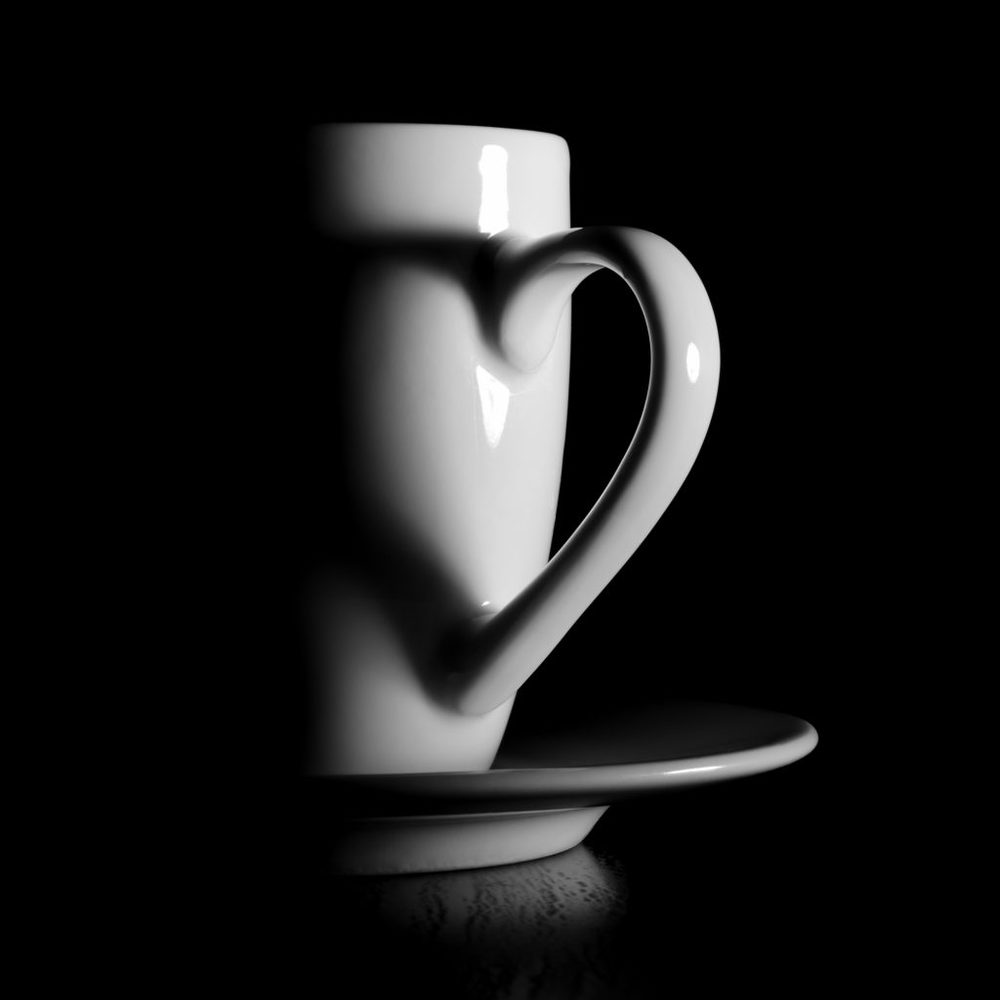
With control over the underlying colors, it is possible to create a better and richer black and white image. Sliders for various color ranges are present in Lightroom and Photoshop.
Traditionally color filters were used to create more dramatic black and white photos. A classic example is the use of a red filter. This filter does two things that photographers love.
It darkens the blues in the sky, to make it richer and more dramatic. It also lightens and brightens skin tones. Adjusting the color sliders in post-processing allows a similar effect to be created digitally.
Always ensure there are some absolute black areas and absolute white areas in your image. Then work with how bright or dark you want all the gray shades in between. Manipulate the contrast, as well as the highlights and shadow tones in your images to achieve the desired look.
Conclusion
If you have been curious to explore the world of black and white, I hope this article has inspired you to go for it.
It can take a little time to readjust and start thinking in black and white. Practice, train your eye and improvements will follow. Shoot every day if you can.
Let us know on our FB page which points you found most helpful. And, don’t forget to share this article if you know other people will enjoy it too.

